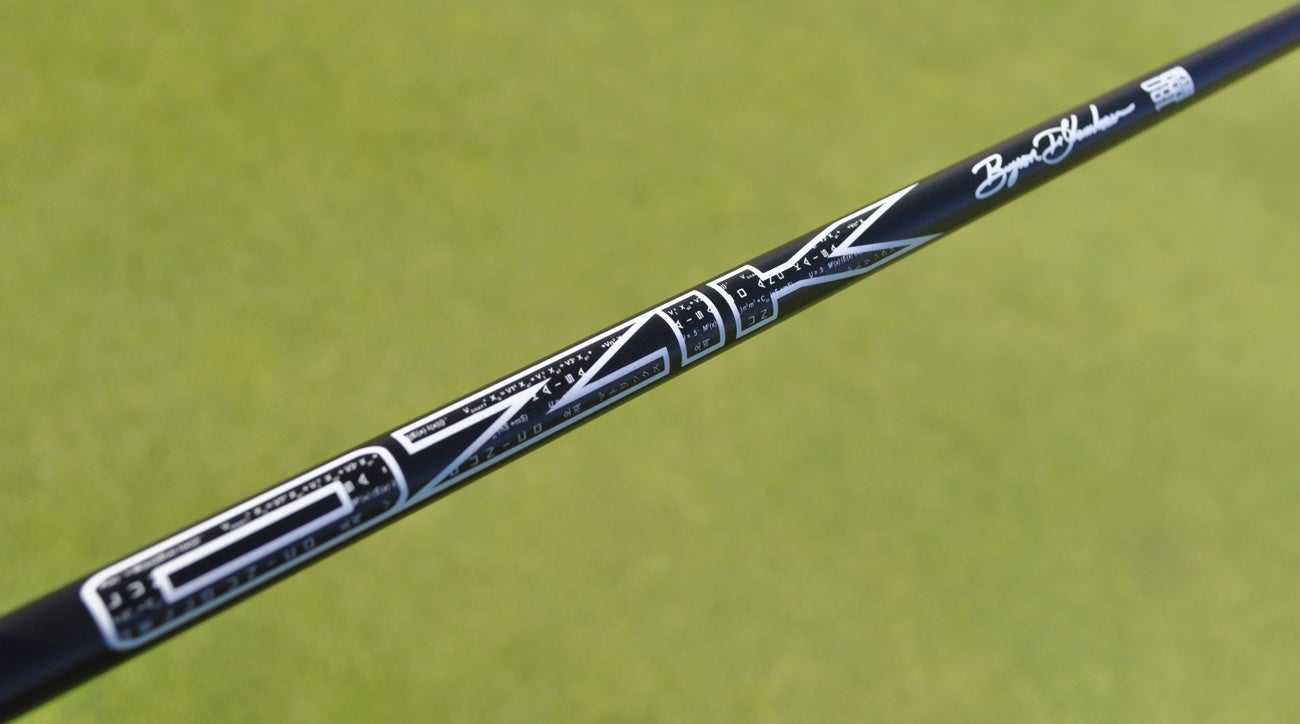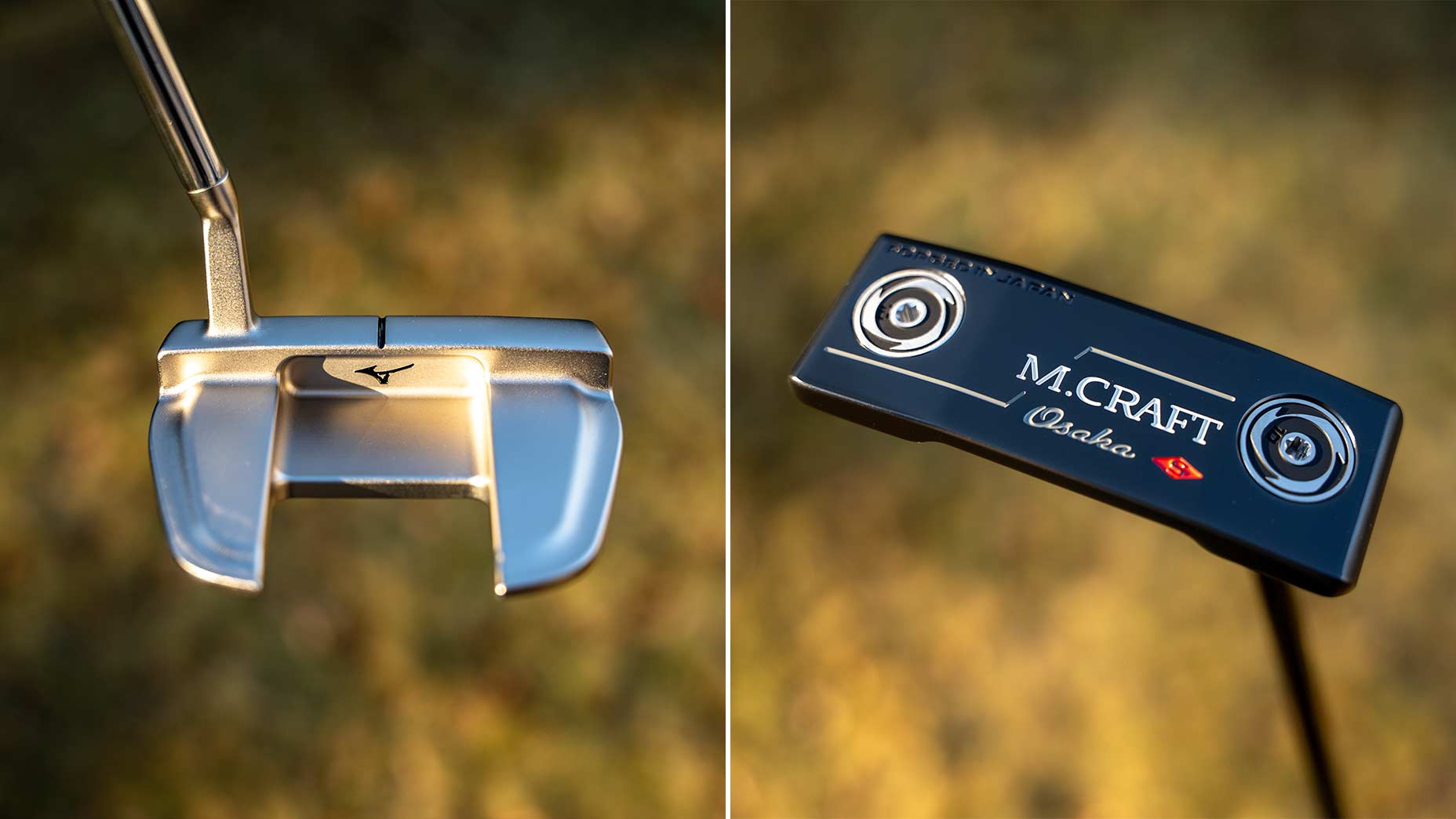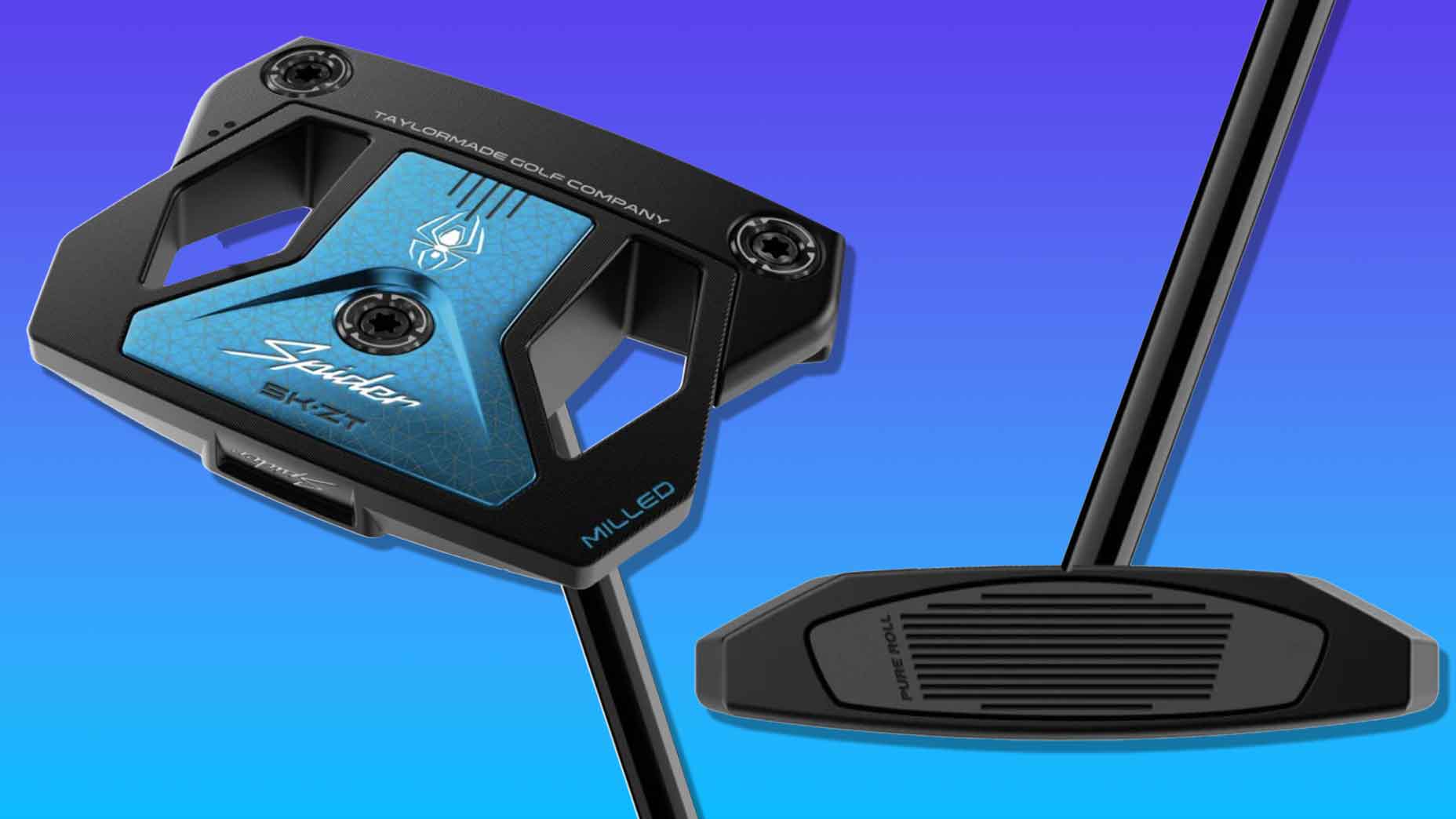PACIFIC PALISADES, Calif. — One could make a strong case that no piece of equipment has undergone more rapid growth in the last year than the putter shaft. Traditional stepless and stepped steel shafts continue to dominate the professional and amateur ranks, but with players like Bryson DeChambeau enjoying success with less conventional graphite, players and equipment manufacturers have started to take notice.
In the last nine months, Odyssey, Breakthrough Golf Technology and KBS have introduced new putter shaft designs to compete with the LA Golf OZIK graphite shaft — formerly Matrix before the company was acquired by LA Golf Partners in 2018 — DeChambeau currently employs in his Sik putter.
“We mill all these great, fantastic putter pieces, but we’ve been putting the same shaft in there for years,” said Chris Nolan, LA Golf’s chief operating officer. “It just doesn’t make any sense. It’s about time we started seeing new putter shaft designs enter the marketplace.”
Spend some time with DeChambeau on the putting green and it becomes apparent very quickly that his practice sessions are unlike anything on Tour. Computers, launch monitors and a gaggle of advisors are usually close by during the sessions, which can last more than an hour. To some, the setup and process might feel like overkill — until you realize the 25-year-old has notched five wins in his last 17 starts worldwide.
While some players might not embrace DeChambeau’s analytical thought process, there are parts of his putter setup that can be replicated, beginning with his LA Golf Matrix putter shaft. Given the Tour’s ultra-competitive nature, any competitive edge — be it equipment, technique or otherwise — is usually housed in a vault.
But in a surprising move, LA Golf is giving DeChambeau’s counterparts, and the general public, the chance to use his exact putter shaft.
“When I say identical, I don’t mean it’s the same model and makeup,” Nolan says. “I mean it’s the exact same cycles per minute (CPM), everything. It’s a shaft we’d pull out and send to him if he needed one. There’s no bait and switch going on.”
Compared to the retail version of LA Golf’s OZIK TP putter shaft offered at conventional lengths (36 and 37 inches) and weights (125 and 135 grams), DeChambeau’s signature OZIK is on a completely different level. Aside from being 179 grams at 46 inches (raw length), the shaft features a CPM (what’s used to precisely define shaft flex) of 360, which is significantly higher than the roughly 280-285 CPM found in a standard Tour-X driver shaft at 46 inches.
“It’s stiff as a board,” said DeChambeau, who started using the putter shaft in mid-2017. “It’s the most consistent producing deflection out there. If you change your rhythm it doesn’t deflect differently. That’s the important thing. People think deflection is so important to produce rhythm, and for most guys it is. But when you understand deflection isn’t necessary to produce a certain rhythm, and you can adapt to that rhythm, you realize you need something as stiff as possible to be as consistent as possible. I’m seeing a tighter dispersion on putts and very little twisting and turning of the head.”
According to Nolan, it boils down to consistency for DeChambeau, who spends countless hours working on his stroke and setup to ensure everything is clicking come Thursday.
“At the Tour level, some of the guys have figured out that if you statistically break down the old shaft technology with the stuff we’re doing, for example, there’s a big difference over the long-haul,” Nolan said. “It may not be sexy because it’s math, but statistically speaking, you’re going to make more putts when the output is directly related to the input. When Bryson goes out there and he’s got his stroke working the way that he wants, he wants the head to be delivered accurately to what his inputs are. So that’s what we went after.
“It’s not a sexy thing to sell, like watching Cameron Champ hit it 350 yards. No one’s going to say, ‘Let’s rush out to hole No. 7 because Brian Gay has a 23-footer.’ It doesn’t work that work that way. It’s been difficult for putter companies to monetize and increase the cost to introduce shaft technology into the equation.”
As you’d expect with a putter shaft bearing DeChambeau’s signature, there’s a lot going on underneath the hood. LA Golf isn’t willing to give away the “secret sauce” behind the design, but Nolan confirmed the shaft features Zylon, an exotic material that costs roughly $2,000 per pound and was most recently used in the company’s TPHDe driver shaft to help stabilize the structure and strengthen the tip without adding overall weight. Other high-end materials are also positioned in strategic spots for stability and feel.
The shaft is already drawing interest from other players on Tour this week at the Genesis Open, including Kyle Stanley and Jason Dufner who inquired about testing the shaft.
“Internal testing, I haven’t seen anything that comes close,” Nolan said. “I don’t want to denigrate other products because there are so many good designs out there. But the output of the ball and overall statistics, in terms of consistency, has been really good.”
From a retail standpoint, Nolan believes the average consumer could benefit from the shaft design as well. The high modulus materials that comprise the shaft are made to heighten overall feel — particularly when it comes to how the ball feels coming off the face at impact — while reducing head twisting at impact. In layman’s terms, the shaft should make the misses smaller, left and right of the target line, which hopefully leads to more made putts.
Whether golfers are willing to pay for a tighter dispersion and more consistency is the big question. Not surprisingly, DeChambeau’s putter shaft won’t come cheap and currently boasts a $280 price tag with a non-glare black finish. But given how putter shaft technology is currently tracking, the chances are better than ever for it to make some noise in the equipment space.







